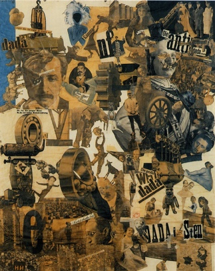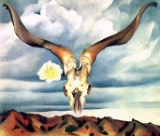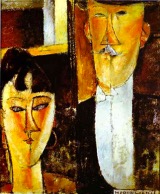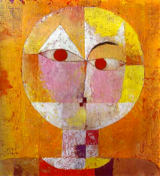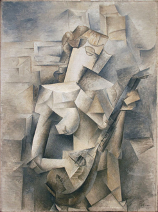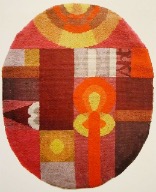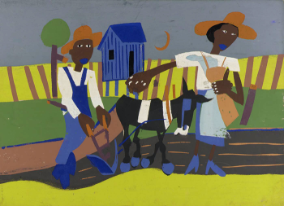12.10: Conclusión y Contraste
- Page ID
- 99362
\( \newcommand{\vecs}[1]{\overset { \scriptstyle \rightharpoonup} {\mathbf{#1}} } \)
\( \newcommand{\vecd}[1]{\overset{-\!-\!\rightharpoonup}{\vphantom{a}\smash {#1}}} \)
\( \newcommand{\id}{\mathrm{id}}\) \( \newcommand{\Span}{\mathrm{span}}\)
( \newcommand{\kernel}{\mathrm{null}\,}\) \( \newcommand{\range}{\mathrm{range}\,}\)
\( \newcommand{\RealPart}{\mathrm{Re}}\) \( \newcommand{\ImaginaryPart}{\mathrm{Im}}\)
\( \newcommand{\Argument}{\mathrm{Arg}}\) \( \newcommand{\norm}[1]{\| #1 \|}\)
\( \newcommand{\inner}[2]{\langle #1, #2 \rangle}\)
\( \newcommand{\Span}{\mathrm{span}}\)
\( \newcommand{\id}{\mathrm{id}}\)
\( \newcommand{\Span}{\mathrm{span}}\)
\( \newcommand{\kernel}{\mathrm{null}\,}\)
\( \newcommand{\range}{\mathrm{range}\,}\)
\( \newcommand{\RealPart}{\mathrm{Re}}\)
\( \newcommand{\ImaginaryPart}{\mathrm{Im}}\)
\( \newcommand{\Argument}{\mathrm{Arg}}\)
\( \newcommand{\norm}[1]{\| #1 \|}\)
\( \newcommand{\inner}[2]{\langle #1, #2 \rangle}\)
\( \newcommand{\Span}{\mathrm{span}}\) \( \newcommand{\AA}{\unicode[.8,0]{x212B}}\)
\( \newcommand{\vectorA}[1]{\vec{#1}} % arrow\)
\( \newcommand{\vectorAt}[1]{\vec{\text{#1}}} % arrow\)
\( \newcommand{\vectorB}[1]{\overset { \scriptstyle \rightharpoonup} {\mathbf{#1}} } \)
\( \newcommand{\vectorC}[1]{\textbf{#1}} \)
\( \newcommand{\vectorD}[1]{\overrightarrow{#1}} \)
\( \newcommand{\vectorDt}[1]{\overrightarrow{\text{#1}}} \)
\( \newcommand{\vectE}[1]{\overset{-\!-\!\rightharpoonup}{\vphantom{a}\smash{\mathbf {#1}}}} \)
\( \newcommand{\vecs}[1]{\overset { \scriptstyle \rightharpoonup} {\mathbf{#1}} } \)
\( \newcommand{\vecd}[1]{\overset{-\!-\!\rightharpoonup}{\vphantom{a}\smash {#1}}} \)
La constricción de los estándares pasados y las expectativas sobre la apariencia y el significado de una imagen cambiaron para siempre. Estos artistas expresaron sus sueños e ideas a través de la mirada abstracta de líneas y color.
|
Fauvismo |
Expresionismo |
Cubismo |
Dada |
|---|---|---|---|
 |
|
|
|
|
Mujer con sombrero por Henri Matisse |
Der Turm der Blauen Pferde por Franz Marc |
El Modelo por Lyubov Popova |
Cortar con un Cuchillo de Cocina por Hannah Hock |
- ¿Cómo usaron los artistas el color?
- ¿Cómo cambiaron las imágenes del fauvismo a través de Dada?
- ¿Cómo se desvió cada artista de la realidad?
|
Movimiento |
Imagen |
Título |
|---|---|---|
|
Modernismo americano |
|
Cabeza de carnero Malva Blanca y Colinas Pequeñas por Georgia O'Keefe |
|
Fauvismo |
|
Novios por Amedeo Modigliani |
|
Expresionismo |
|
Senecio por Paul Klee |
|
Cubismo |
|
La chica con una mandolina por Pablo Picasso |
|
Dadaísmo |
|
Composición Oval con Motivos Abstractos por Sophie Taeuber-Arp |
|
Renacimiento de Harlem |
|
Siembra por William Johnson |
- ¿De qué manera cada artista movió su pintura del realismo a ser más abstracta?
- ¿Cómo utilizó cada artista el color para crear las imágenes?





